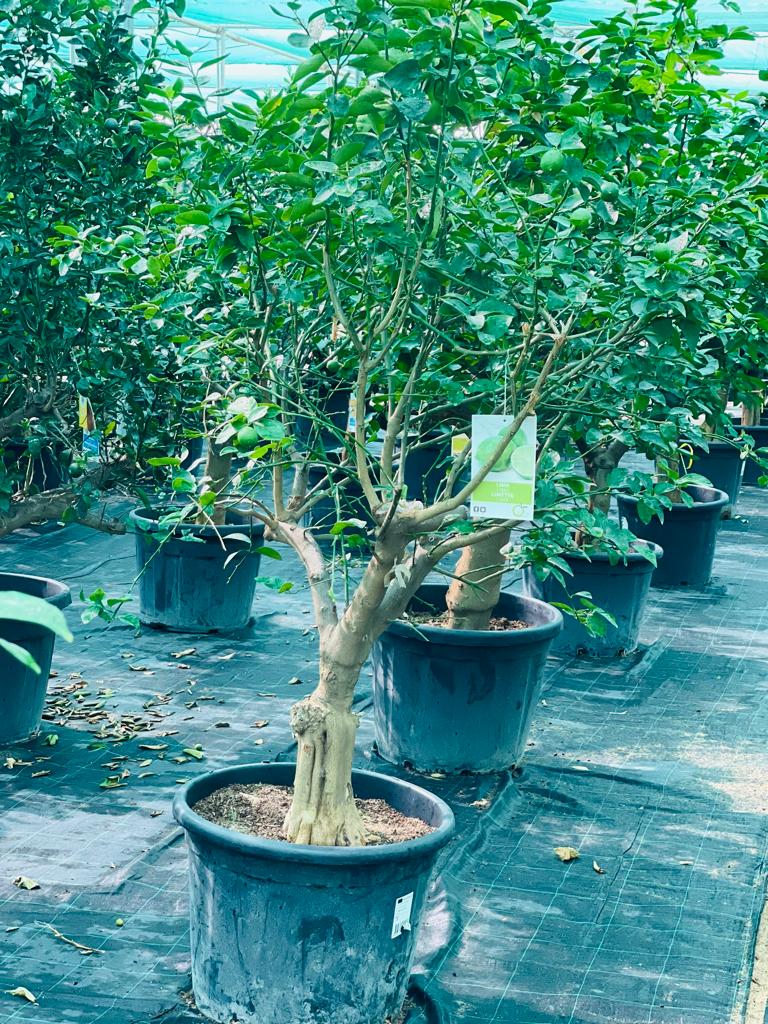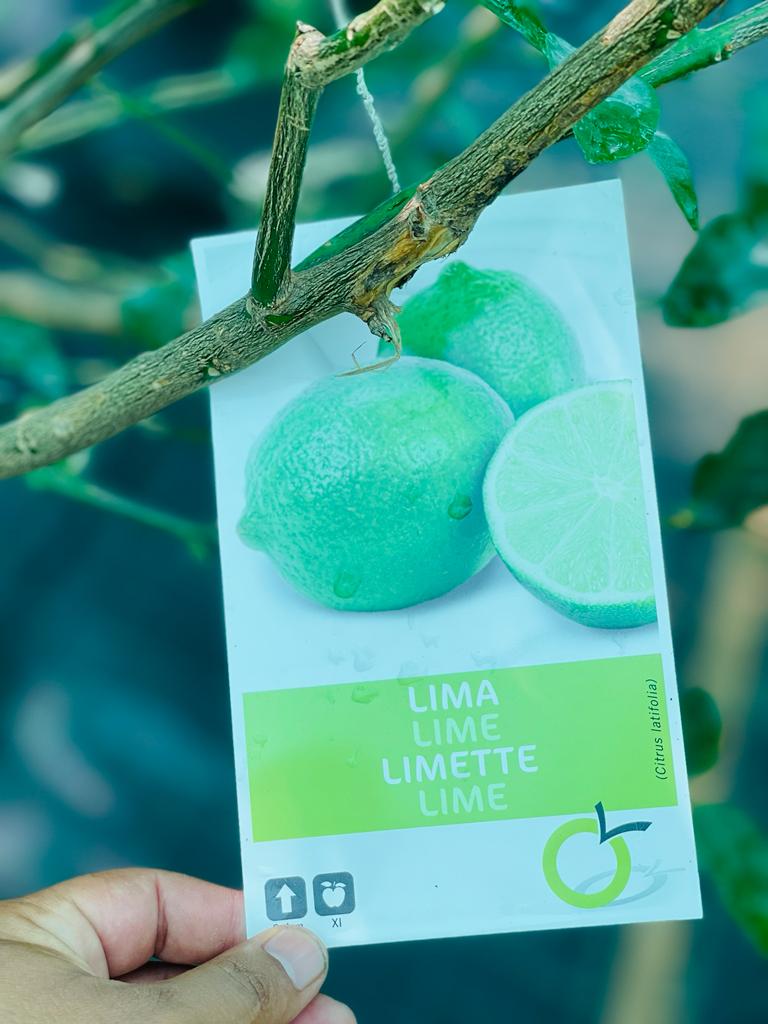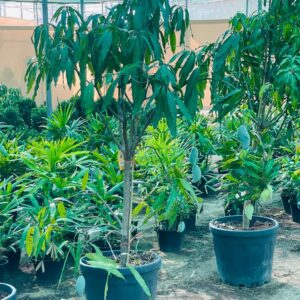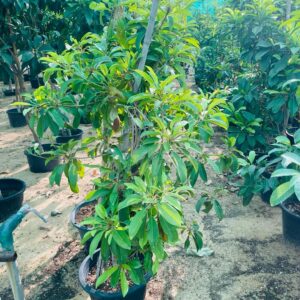The Zesty Charm: Lime Tree 180-200CM
The The Zesty Charm also known as Citrus aurantifolia, is a charming and versatile citrus tree that offers both aesthetic appeal and delicious fruits. Here is a description of the Lime Tree along with some care tips:
The Zesty Charm: Lime Tree 180-200CM Appearance:
The Lime Tree is a small to medium-sized evergreen tree with glossy, dark green leaves. It typically reaches a height of 6 to 13 feet (2 to 4 meters) when grown in optimal conditions. The tree produces small, round fruits known as limes, which have a bright green color when ripe.
The Zesty Charm: Lime Tree 180-200CM Light requirements:
Lime trees thrive in full sun, so it is important to provide them with at least 6 to 8 hours of direct sunlight each day. Place your Lime Tree in a sunny spot, such as a south-facing location in your garden or near a sunny window if grown indoors.
The Zesty Charm: Lime Tree 180-200CM Watering:
Lime trees require regular watering to keep the soil consistently moist but not waterlogged. Water deeply when the top inch of soil feels dry, and ensure proper drainage to prevent waterlogging, which can lead to root rot.
Soil and potting:
Lime trees prefer well-draining soil that is slightly acidic. Use a high-quality potting mix specifically formulated for citrus plants or create a blend of loamy soil, sand, and organic matter. When planting in a pot, choose a container with drainage holes to prevent waterlogging.
Temperature and humidity:
Lime trees thrive in warm climates with temperatures ranging from 60 to 85°F (15 to 29°C). They can tolerate slightly cooler temperatures but are sensitive to frost. Maintain moderate humidity levels around the tree, and provide proper ventilation to prevent fungal diseases.
Fertilization:
Feed your Lime Tree with a balanced citrus fertilizer during the growing season (spring and summer). Follow the instructions on the fertilizer package for application rates and frequency. Avoid fertilizing during the dormant period in winter.
Pruning:
Regular pruning helps maintain the shape and size of the tree and promotes healthy growth. Prune any dead, damaged, or diseased branches, as well as any crossing or overcrowded branches. Additionally, remove any suckers or shoots growing from the base of the tree.
Pests and diseases:
Common pests that can affect Lime Trees include aphids, scale insects, and citrus leaf miners. Monitor your tree regularly and take appropriate measures, such as using organic insecticides or implementing integrated pest management techniques, to control any infestations. Ensure good air circulation and avoid overwatering to prevent fungal diseases.
By providing the proper care and attention, your Lime Tree will reward you with its zesty charm and a bountiful harvest of juicy limes. Enjoy the fresh fragrance of the leaves and the versatile use of the fruits in culinary creations, refreshing beverages, or simply as a decorative element in your garden.







Reviews
There are no reviews yet.